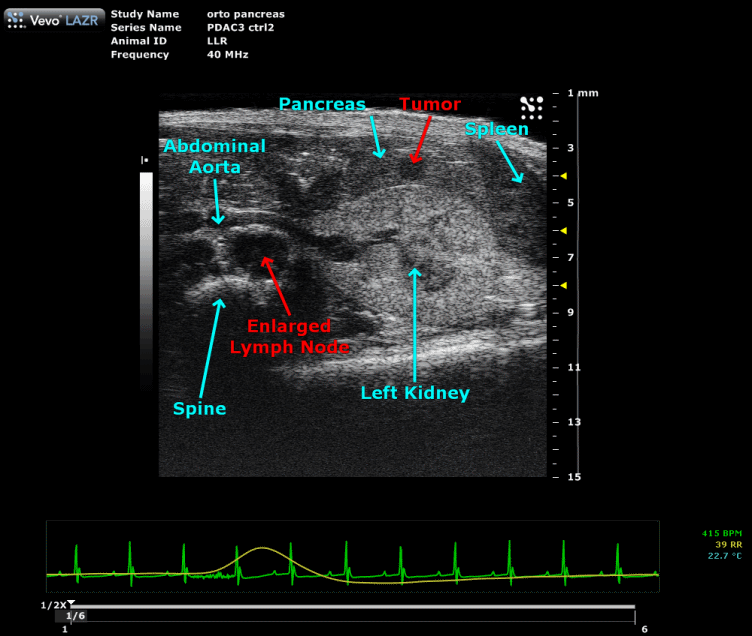The Role of c-Met as a Biomarker and Player in Innate and Acquired Resistance in Non-Small-Cell Lung Cancer: Two New Mutations Warrant Further Studies
In this video we discuss our retrospective study focused on the frequency of different c-Met aberrations (overexpression, amplification and mutations) in 153 primary, therapy-naïve resection samples and their paired metastases, from Biobank@UZA. Furthermore, we determined the correlation of c-Met expression with clinicopathological factors, Epidermal Growth Factor Receptor (EGFR)-status and TP53 mutations. Our results showed that c-Met expression levels in primary tumors were comparable to their respective metastases. Five different mutations were detected by deep sequencing: three (E168D, S203T, N375S) previously described and two never reported (I333T, G783E). I333T, a new mutation in the Sema(phorin) domain of c-Met, might influence the binding of antibodies targeting the HGF-binding domain, potentially causing innate resistance. E168D and S203T mutations showed a trend towards a correlation with high c-Met expression (p = 0.058). We found a significant correlation between c-MET expression, EGFR expression (p = 0.010) and EGFR mutations (p = 0.013), as well as a trend (p = 0.057) with regards to TP53 mutant activity. In conclusion this study demonstrated a strong correlation between EGFR mutations, TP53 and c-Met expression in therapy-naïve primary resection samples. Moreover, we found two new c-Met mutations that warrant further studies.
This article has been published on:
Molecules. 2019 Dec 4;24(24). pii: E4443. doi: 10.3390/molecules24244443.





